Adventure Tours
Cusco and the Sacred Valley offers us different options in Adventure tourism such as Zipline, Rafting, Horseback Riding and Biking, all these activities are full of extreme emotions and 100% adrenaline.

FAQs Adventure Tours
What adventure tours are available in Cusco?
Cusco offers a variety of adventure tours, including rafting, horseback riding, ziplining, and more.
Is it safe to take adventure tours in Cusco?
Some adventure tours are extreme, which is why we take special care in managing them. Our entire team and collaborators are qualified to conduct these tours, ensuring safety and instilling confidence in all our clients.
Where are the Adventure Tours conducted?
All our tours are conducted in the Cusco region. Each tour requires a specific location to ensure the best possible service. For instance, we offer ziplining in the Sacred Valley and rafting in the Cusipata sector.
What is the best time of year to go on an adventure tour in Cusco?
The ideal time for adventure tours in Cusco is during the dry season, which lasts from April to October. These months offer less rainfall, allowing us to fully enjoy these activities.



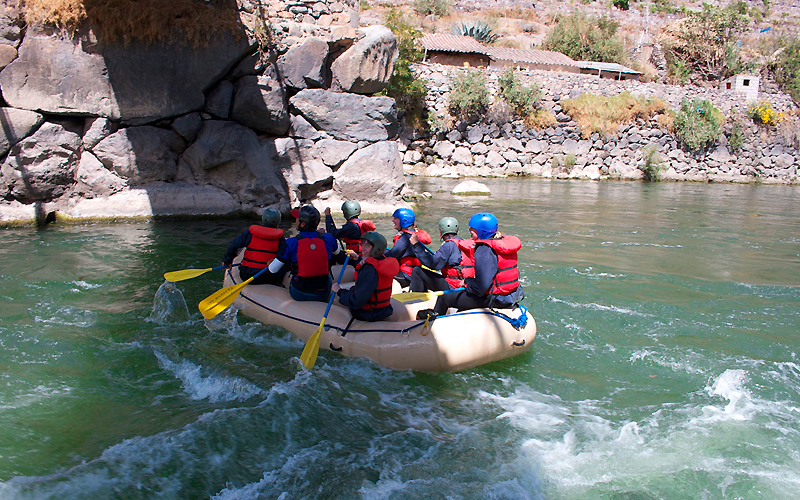
 Full Day
Full Day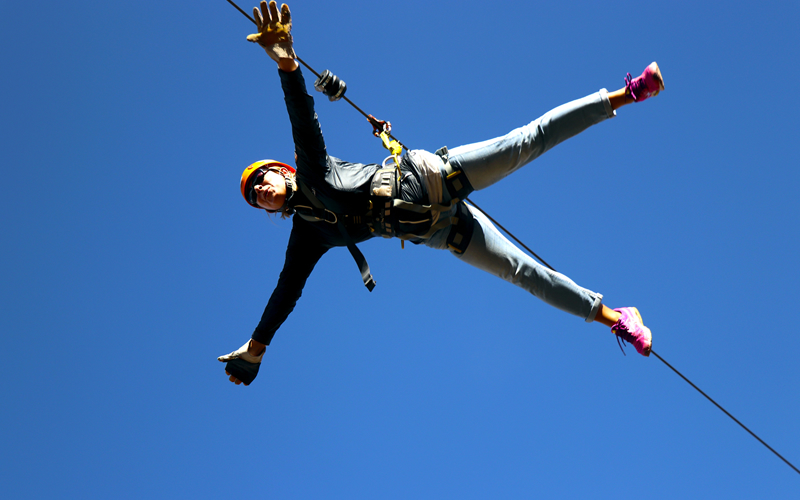
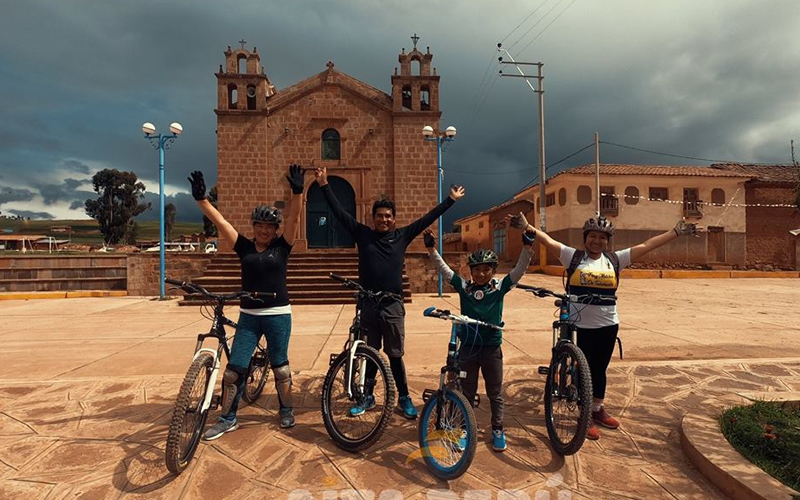
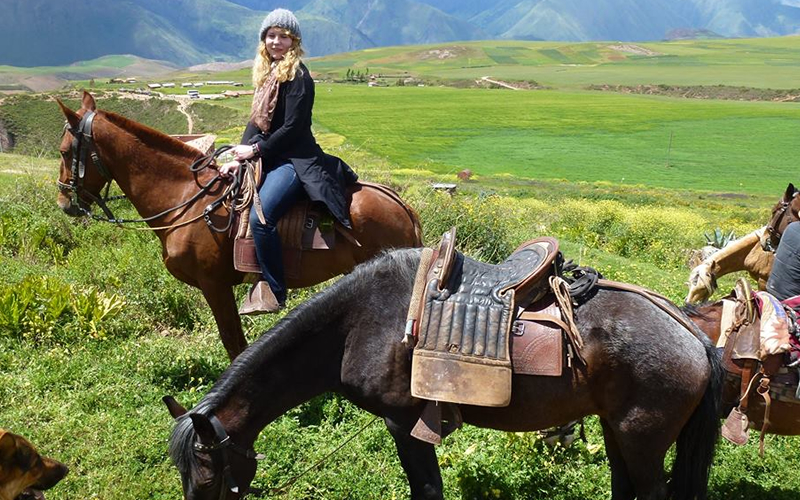
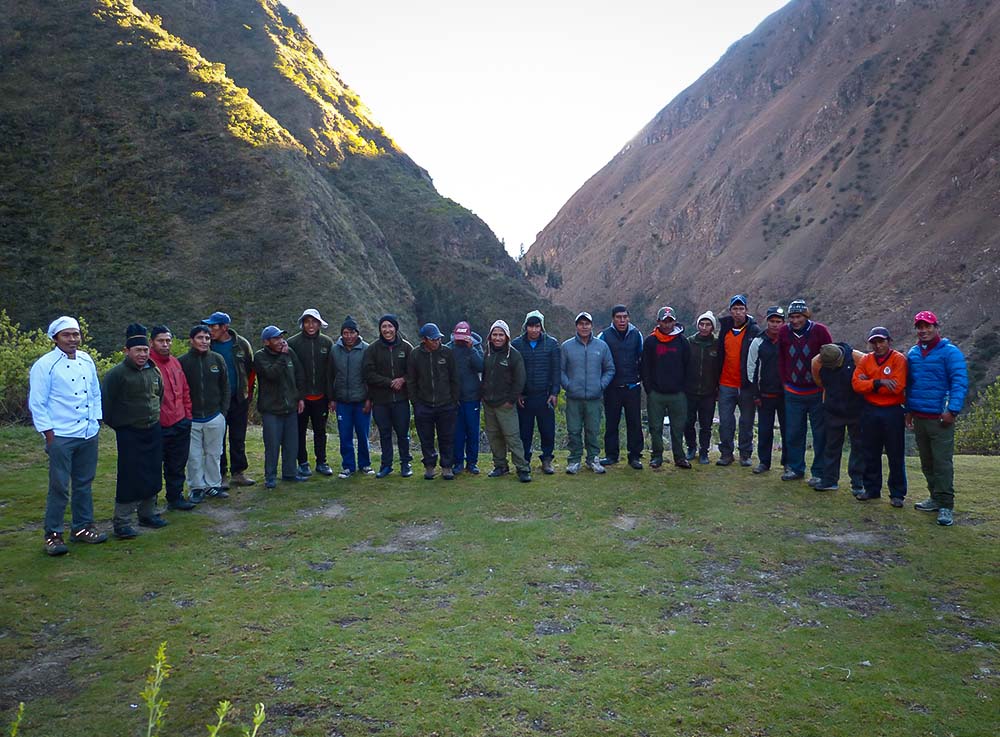
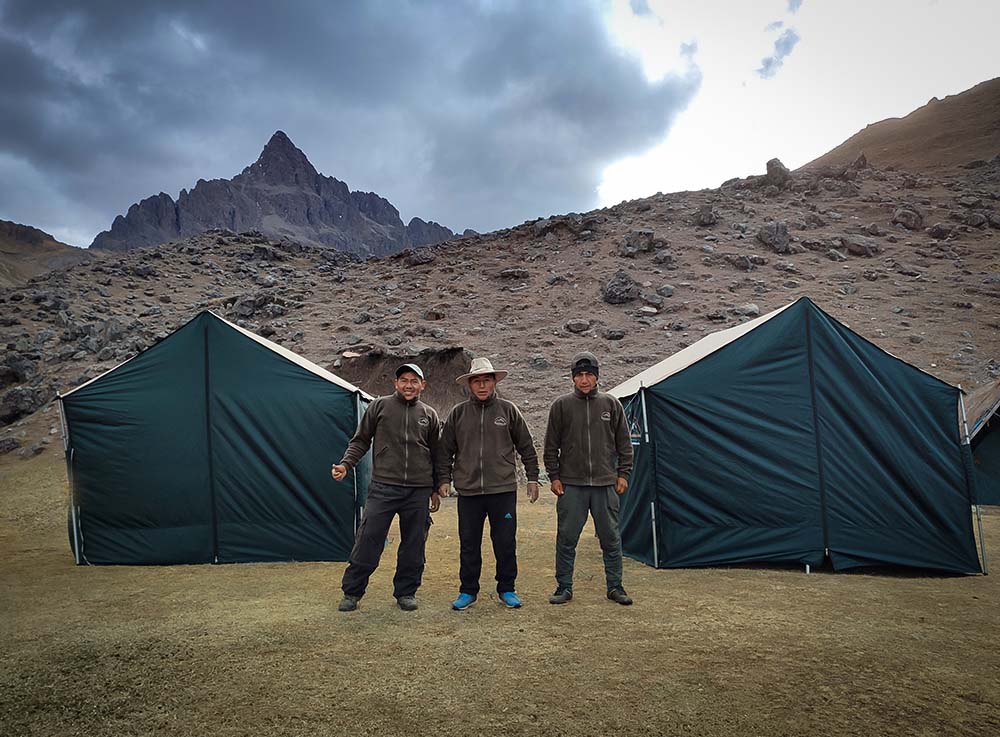
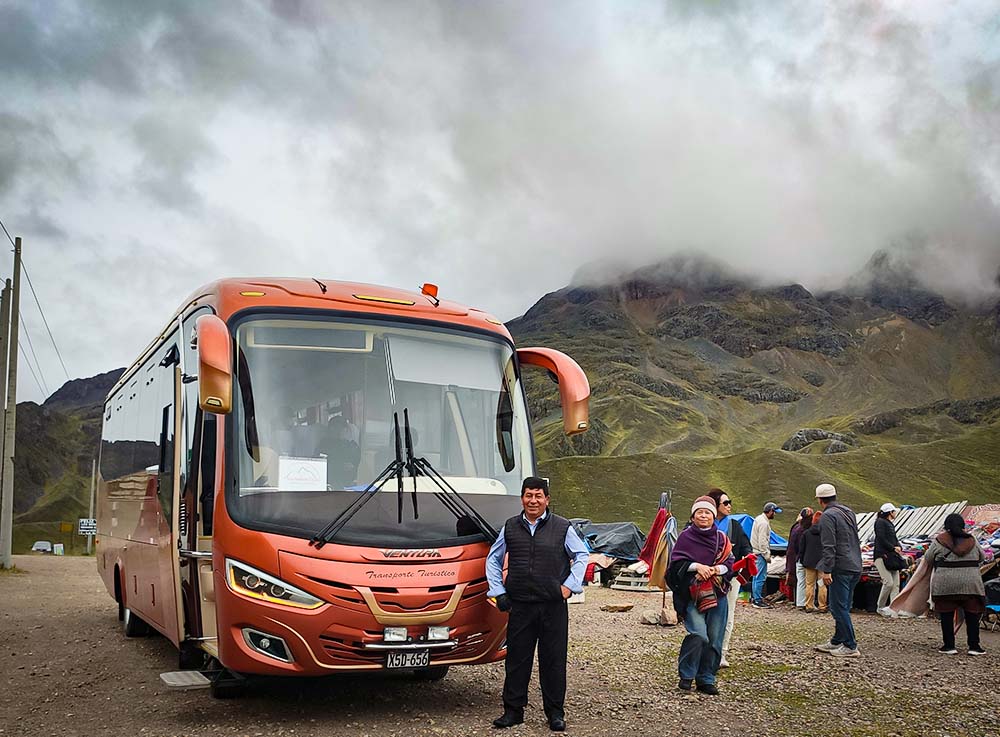
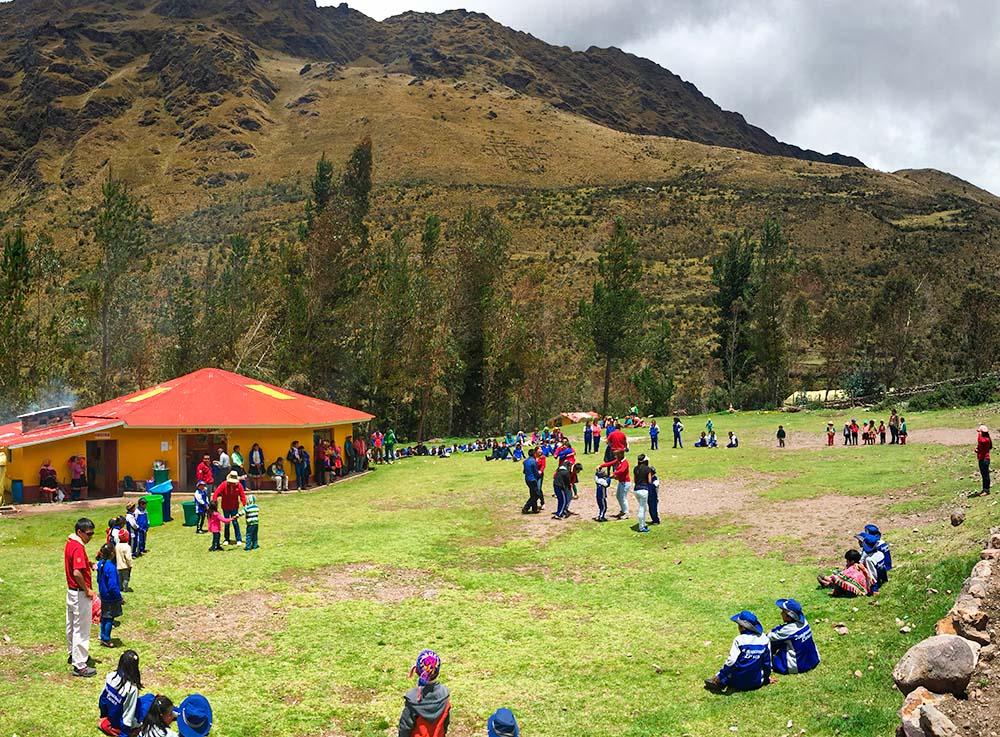
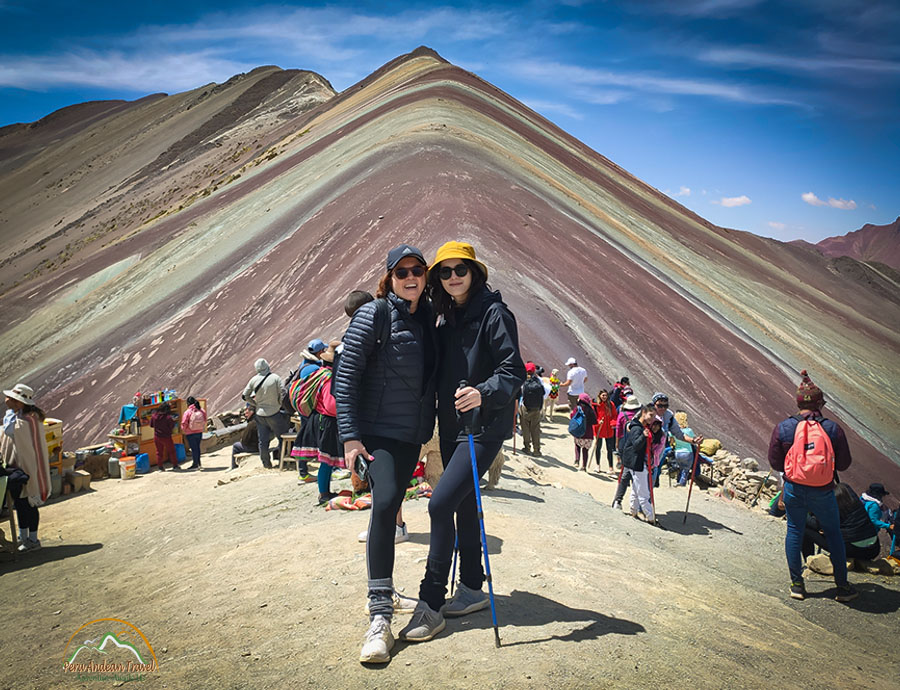
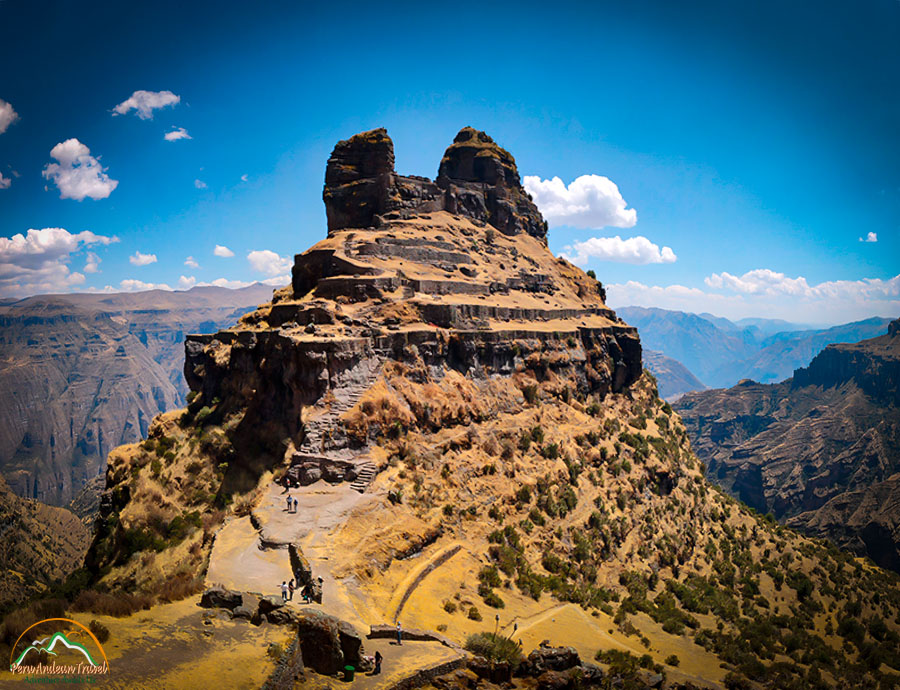
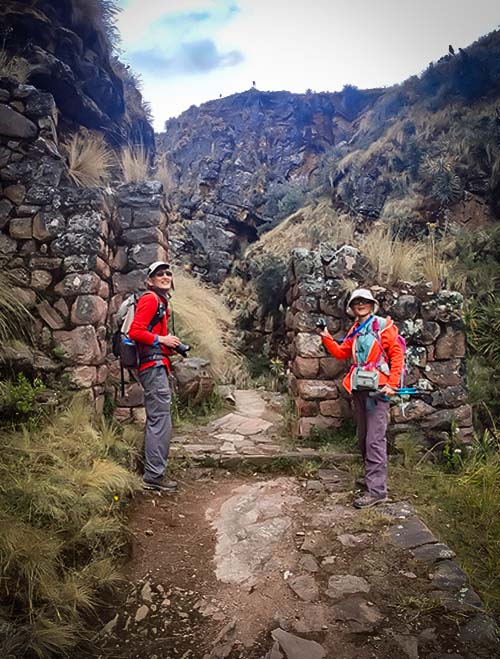
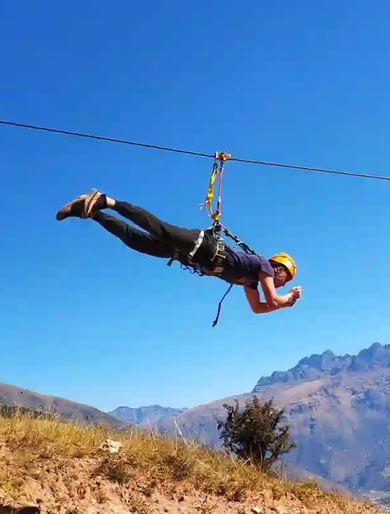

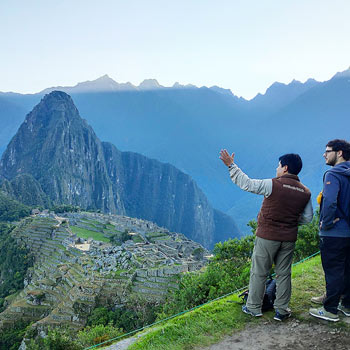 Cusco
Cusco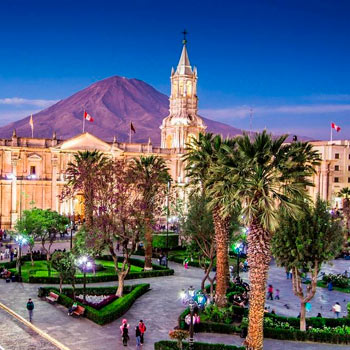 Arequipa
Arequipa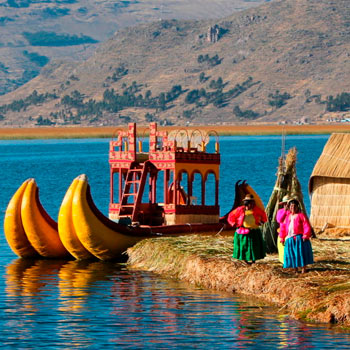 Puno
Puno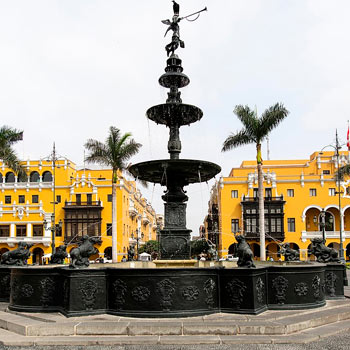 Lima
Lima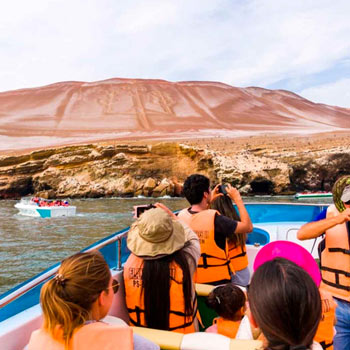 Ica
Ica







